
Bikemag 2013
Casco Speed Time test: what makes a professional time-trial helmet a genuine winner?
If one looks at the helmets used by the peloton of the Tour de France, the differences between time-trial helmets and simply aerodynamic helmets are increasingly vague. Sprinters appear in cone-shaped helmets even in field sprints, while we increasingly see ball-shaped helmets in time trials, as opposed to the cone-shaped, aerodynamically styled ones previously used. The Casco Speed Time helmet tested in Hungary’s National Time Trial Championship represents the latest trend. In addition, minute details, which justify such accessories being worth the investment for a pro who is eager to gain every single second of an advantage, make it virtually the perfect time-trial helmet, despite its hefty price tag.
I don’t want to analyse special time-trial equipment in much detail here, looking into which gains the most seconds. However, speaking of helmets in general, I would say from an aerodynamics perspective that in most comparisons the helmet is a more important element of hardware than the bike frame itself...
As this is truly relevant only in a comparison, let me give you a simple example: let’s look at the frontal surface of a rider wearing a traditional helmet equipped with numerous vents and a traditional pair of cycling glasses (not to mention without glasses)... The helmet and the rider’s face cut through the air, which comes into contact with their surfaces (much wider than a bike frame) and thus the airflow is broken in an irregular fashion. In comparison to this, an averagely good time-trial helmet has features similar to the nose of an aeroplane. Let us compare this with the bike frame: if you disregard the fact that you obviously have to purchase a time-trial frame equipped with geometry optimised for time trials, the fact that the air hits a flat tube profile in some places instead of a regular thin tube cross-section – with its favourable aerodynamics – is not nearly as important with regard to total wind resistance as the difference between a traditional helmet and a time-trial helmet.
This means that if I was to prepare for a time trial or a triathlon event, an aerodynamic frame would be the last thing I would consider spending big money on, despite the fact that the frame can obviously gain vital seconds too. However, the helmet gains more, as do aerodynamic wheels (mainly a rear disc wheel in favourable wind conditions), but the greatest benefit of all is to set our body posture on the bike so as to offer the smallest possible surface to obstruct the airflow, whilst not significantly impairing our pedalling power by adopting an uncomfortable body position.
Of course, we are not going to give a detailed account of lowering your position on the bike in a helmet test either, but I still believe it is imperative to mention that the shape characteristic of the Casco Speed Time provides more freedom for riders to vary their posture. To be honest, I do not care much about wind tunnel experiments detailed in manufacturers’ catalogues proving that the specific product is the best in certain aspects. However, in this case it is logically clear, and the test also provides proof as to why the Casco Speed Time outperforms a cone-shaped helmet, for instance:
Cone-shaped helmets are naturally very efficient, but only in one position. Major manufacturers and the best racers work so closely together that helmets are practically custom-made for each rider, and the rider’s body posture is set perfectly in the wind tunnel whilst wearing a specific helmet. A cone-shaped helmet provides the best performance if it sits very tightly against the rider’s back. This is the position when it genuinely achieves its objective. Nevertheless, as soon as the rider changes body position, by nodding their head so that the tip of the conical end rises for example, this helmet shape is immediately counter-effective.
I don’t want to be mean, but the photo galleries of some Hungarian amateur time-trial competitions are worth having a look at. We see loads of incorrect head positions and, what is more, the tip of the helmet almost functions as a vertical fin... There used to be some models with a surface structure that was designed to whistle to warn the rider: “Hey man, hold your head right!” This problem has been solved thanks to the shape of the Casco Speed Time; I was able to switch between two “tried and tested” positions during the time trial. My basic posture was to drop my head as far as possible in front of my shoulders, eyes fixed ahead. In this position you can see everything perfectly, but it does tire the neck. The other body position that I applied in long straight stretches was to lower my head down almost to the time trial bar, which is a very aerodynamic position (also easing the neck), but the drawback is that you have limited forward vision...
Wearing a traditional helmet in the latter position, I would have seen nothing but the asphalt in front of the wheel, but the Casco Speed Time can be set within a very wide range, and pushed up and down on your forehead. I was able to set it so I could see forward even with my head down, and it was rather my eyebrows that limited my vision. Thanks to the helmet’s shape, aero drag was optimal in both cases. But this applies not only in these two instances; the helmet has been designed to fit just about anyone with a different head position, and even to be ideal for triathletes.
As the Hungarian Time Trial Championship was held this year at a scorching temperature of 37 degrees Celsius, it was also important for the Casco Speed Time time-trial helmet to perform well in such hot conditions. Honestly, I was concerned about fogging and excessive sweating, I’m sure others have also experienced glasses fogging. During training and preparation sessions I was not able to simulate racing conditions properly in this respect; fogging features are normally seen during races only. Well, the large visor passed the test perfectly, and I didn’t even open the optional front vent.
It is funny that I did not sweat more than in a helmet equipped with many large vents - I don’t really understand why. The “suspended mesh panel” solution used for some backpacks, which keeps your scalp away from the internal surface of the helmet might be responsible. As I wrote above, there is no point in saying Speed Time is expensive (because it is) since it is these minute details that elevate the helmet to a professional level, and when the price difference impacts on race performance it might be worth the extra money... It is perhaps relevant for triathletes that the snap-off trapezoid vents could even make 180 km comfortable, inasmuch as a 180-km time-trial can be comfortable at all.
My only negative experience with the visor was the rubber strap around the nose piece. The setting fit me well if it was very close – almost touching my nose – but it was reluctant to stay perfectly in its place. (From the moment I took it off there was no problem at all.) The visor was a bit difficult to adjust, you needed both hands to push it up, but you normally avoid that during a race. My middle finger fitted under the visor to blow my nose, but I did not have to do this often as I personally blow my nose without using my hands during a time trial race, and don’t release the aerobars.
Otherwise, Speed Time applies Casco’s latest, patented technologies, the fastening strip system is outstanding; not only can it be adjusted to keep the edge of the helmet in the desired position on our foreheads, it can also be fine-tuned to our head size and adjusted laterally, irrespective of squeezing the head strap with the dial. The CASCO-Loc locking system is also unique; locking is safe and opening is surprisingly easy. Similar to other Casco models, Speed Time also features the Mystyle straps available separately in various colours. For example, you can equip your helmet with your national colours in no time, and the straps also function as light-reflectors. I should also mention that Casco offers a less professional time-trial helmet too, SpeedAir. This is optimised for triathlon competitions and more universal use, and without the visor it barely differs from traditional helmets, except for its superb low aero drag.
To sum up I was extremely satisfied with the Casco Speed Time. The fantastic low aero drag factor must have contributed to my performance at the championship too, no faults arose which could have disturbed my concentration, and it also proved to be perfectly customisable. It satisfied all the requirements expected of a professional accessory.



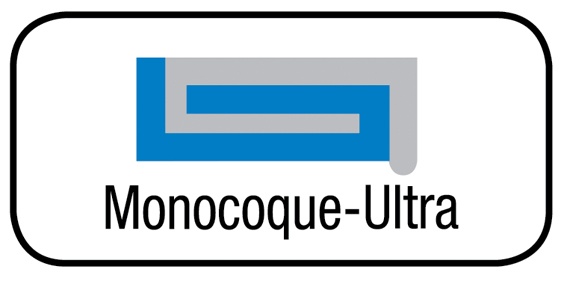
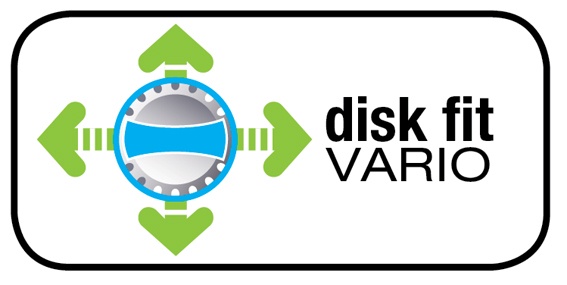

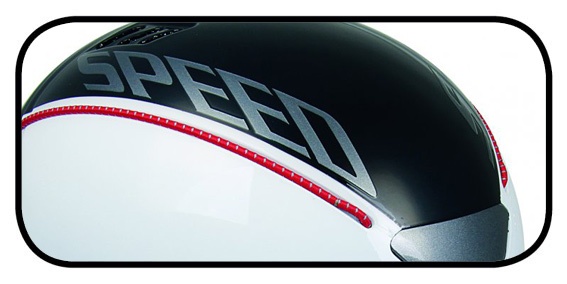
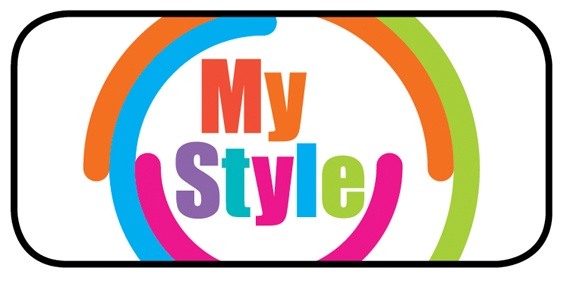


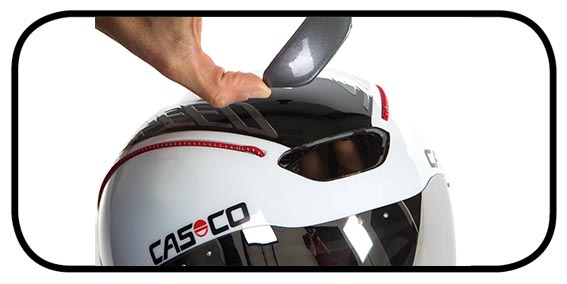
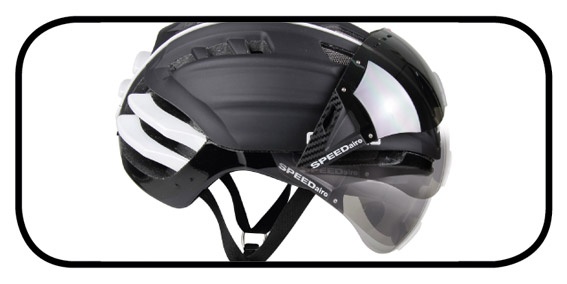


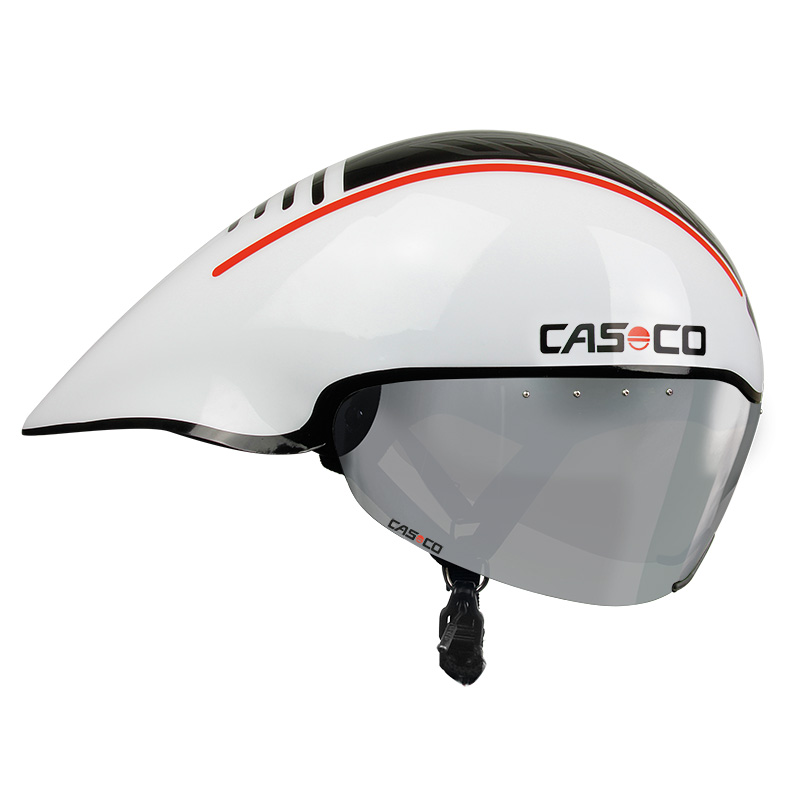

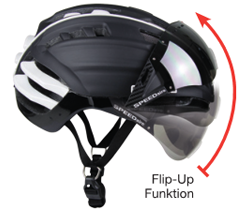
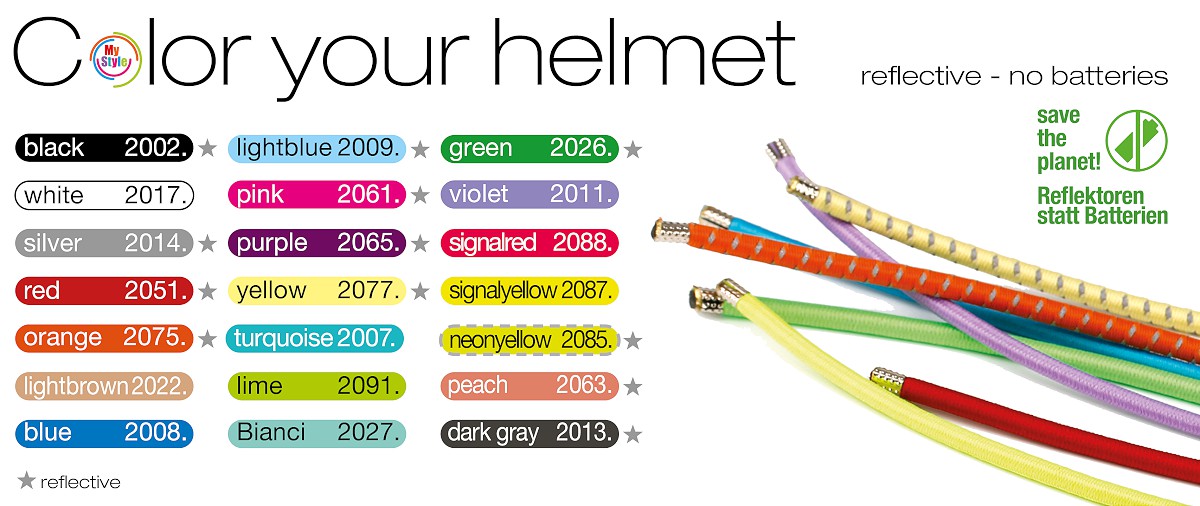










 Summary:
You can look forward to your next race with the SPEEDtime in your arsenal. We're kitted out! In pure time trials, the eye-catching model has established itself as our favourite. In triathlons we have to deduct a few points because of the tricky transitions, but when it comes to comfort this aerodynamic helmet is truly worlds apart. Subjectively light, pleasant and comfortable.
Price: 400 Euro
Sizes: 55-61 cm (Uni)
Fotos: triathlon.de
Summary:
You can look forward to your next race with the SPEEDtime in your arsenal. We're kitted out! In pure time trials, the eye-catching model has established itself as our favourite. In triathlons we have to deduct a few points because of the tricky transitions, but when it comes to comfort this aerodynamic helmet is truly worlds apart. Subjectively light, pleasant and comfortable.
Price: 400 Euro
Sizes: 55-61 cm (Uni)
Fotos: triathlon.de


